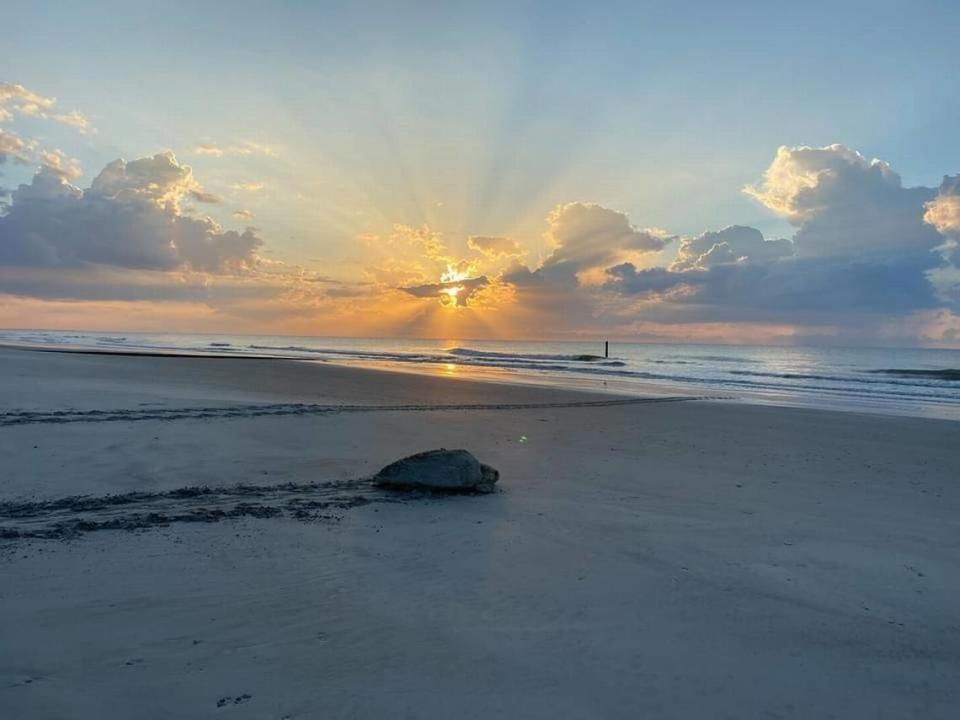Beaufort County’s favorite visitors are coming. Here’s how these beach volunteers help them
Oftentimes where there is sea turtle conservation, there are stories so rich and impassioned that it’s hard not to be drawn into the journeys of loggerhead mamas and their palm-sized babies.
From the kick-off on May 1 to the season’s close on Oct. 31, all eyes are on the beloved turtles. When will the first nest be laid? On which South Carolina beach? How many hatchlings will make it out to sea? The answers to the questions trickle throughout the six-month season and come with tales big and small.
It’s the very people who volunteer to work long hours and endlessly nurture the turtles across Beaufort County’s beaches who give those answers and have their own stories to tell. Their support is in the thousands and, on some beaches, it can take years to get off the waiting list and onto the beach for the sake of turtles.
Some volunteers are new to the gig. Others have put in decades of love — everything from carefully probing turtle nests for eggs to heading to the South Carolina legislature to fight for turtle safety.
Hunting Island State Park
Chris Nietert was living on the Isle of Palms in the 1980s when her friend asked whether she wanted to be part of the Sea Turtle Stranding and Salvage Network, a volunteer group recording stranded sea turtles. It was an easy “yes” for the South Carolina native.
Most of the turtles the network found were stranded, hundreds of them, and most dead. Some were missing flippers, others were thick with barnacles, which signaled disease. Sally Murphy, who was the first sea turtle coordinator for the S.C. Department of Natural Resources, understood that there were a number of sea turtles that weren’t diseased or injured, they’d drowned. The connection? Nets dragging behind trawlers were capturing the turtles.
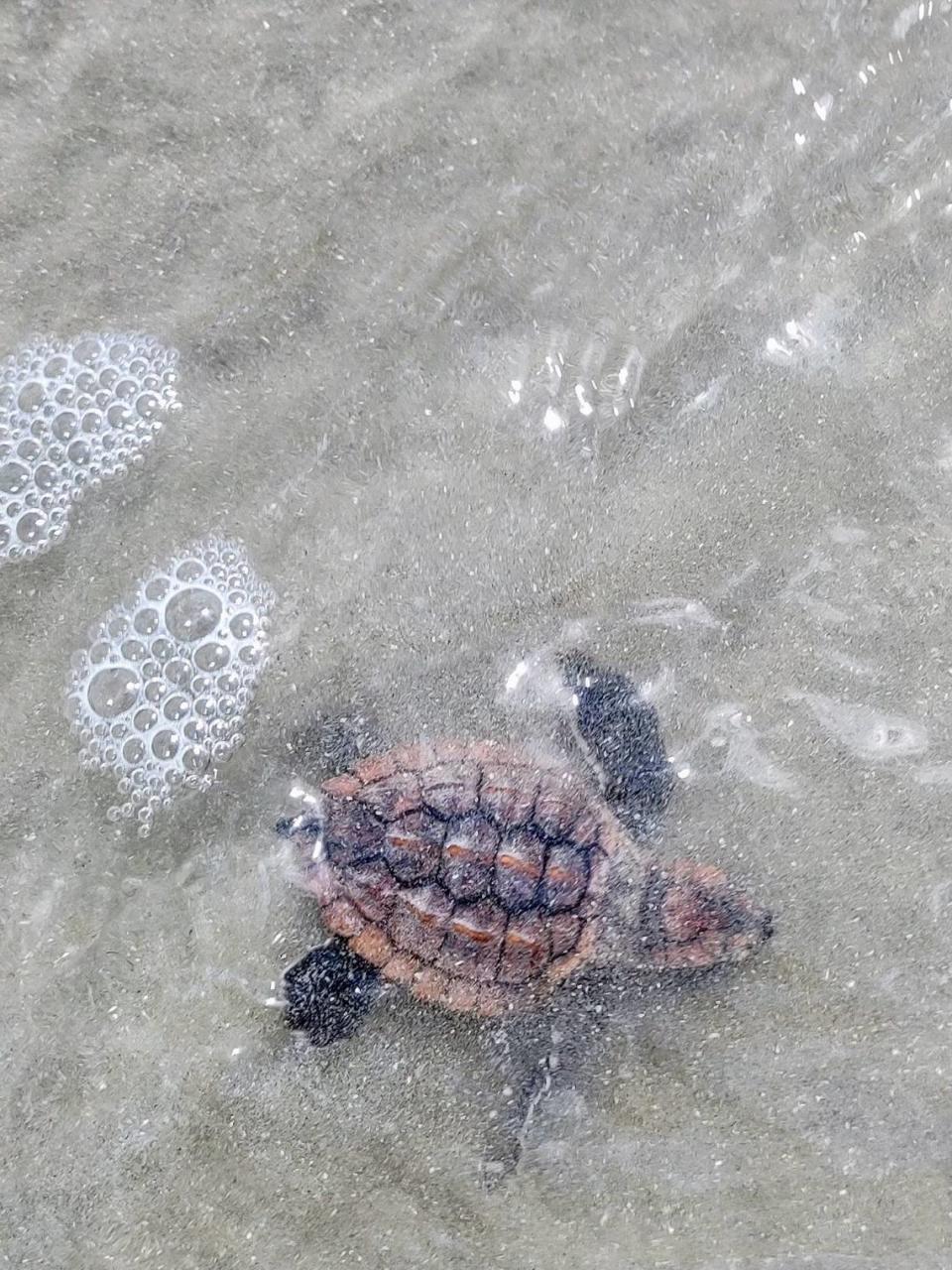
Murphy and volunteers supporting her back then, like Nietert, were pushing for turtle excluder devices that allow sea turtles to escape from the net while keeping the shrimp inside — it was a contentious battle between conservationists and shrimpers. South Carolina ended up being the first state in the nation to have turtle excluder device regulations.
“It was an eye-opening moment for me as a turtle volunteer,” Nietert remembered, who calls Murphy her hero.
After a stint in the Midwest, Nietert came back to South Carolina. She settled into turtle work again. And this year will be her 15th on Hunting Island State Park.
She starts out Wednesdays on the 5-mile beach around 6:30 a.m. and ends around 9 a.m. She’s trained to use a probe to locate the nests and move them if they’re in harm’s way, but it’s not always straightforward. The mamas can be sneaky.
Last season was a “banner year,” Neitert recalled. Hunting Island recorded 175 sea turtle nests, according to the online sea turtle nest monitoring system. Emergence success rate — when hatchlings use their tiny flippers to pull themselves out of a nest chamber and reach the beach — was 63%.
“I feel like I’m doing my tiny part, but I love it,” Nietert said.
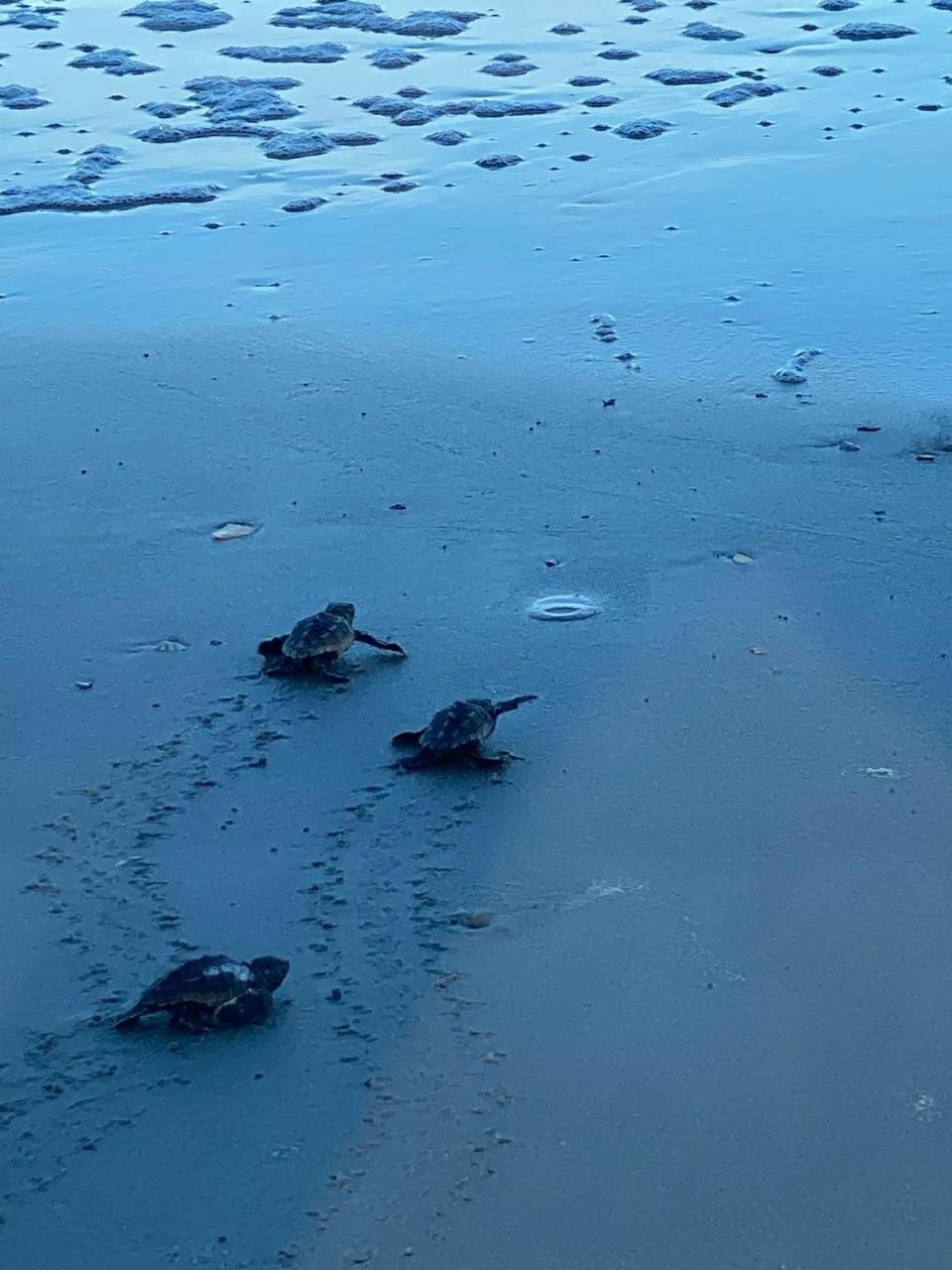
Hilton Head Island
This year is a special year for sea turtles. It marks the 50th anniversary of the Endangered Species Act of 1973, which established protections for fish, wildlife and plants that are listed as threatened or endangered.
Since its inception, all sea turtles have been on the list, said Amber Kuehn, a marine biologist and director of Hilton Head Island’s Sea Turtle Patrol and who’s in her 25th consecutive season. With the significant half-century marker, Kuehn wanted to go back in history and pay tribute to Hilton Head’s first patroller.
Over four decades ago, Nanci Polk-Weckhorst talked with Sally Murphy about all the nestings on Hilton Head, to which Murphy responded that there was no one in the area doing nesting studies. Polk-Weckhorst added credentials to her permit to do the nestings and agreed that she would send in reports to Murphy at the end of the year, according to a video posted by the HHI Sea Turtle Patrol
In 1981, Polk-Weckhorst began her sea turtle monitoring and conservation efforts on her bicycle. Back then, they took pencil to paper and filled out daily and weekly forms. The first year Hilton Head’s nests were recorded, the beach had 41 nests.
Last year, Hilton Head Island recorded 423 sea turtle nests. Its emergence success was 76.3%, a number that hadn’t been reported since 2000.
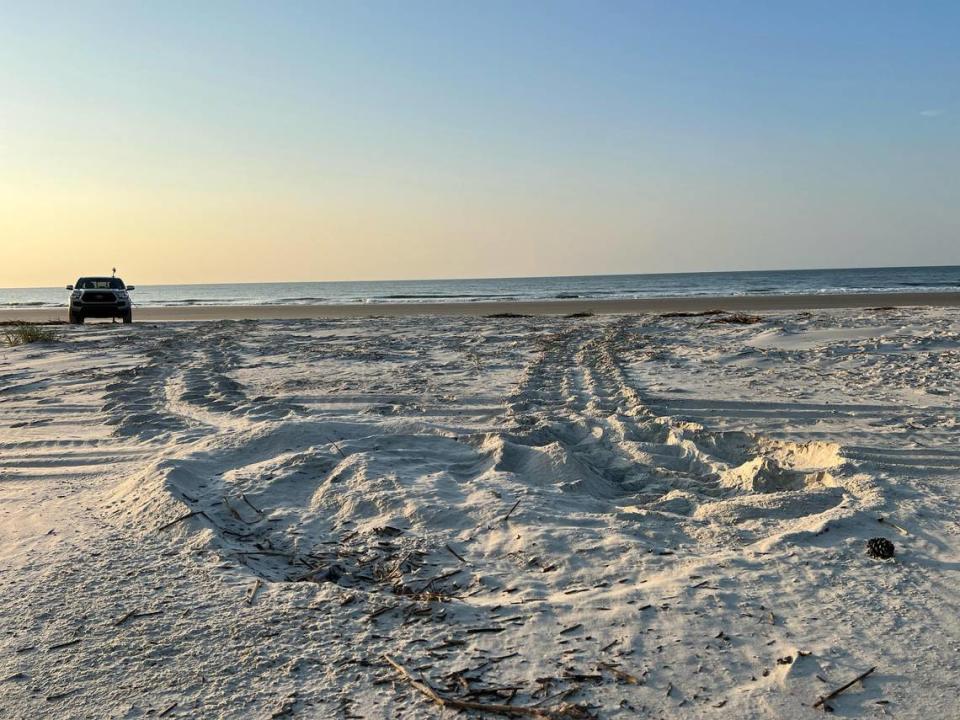
“Based on the cyclical nature of their nesting interval, there should be less (nests), but you just never know with the way it is now,” Kuehn said. “They have to be robust enough, so it depends on what their food source was like.”
If the cycle continues, the turtles that were nesting in 2020 should be returning in 2023. In 2020, there were 291 nests on Hilton Head.
Sea Turtle Patrol volunteers monitor the 14-mile beach before sunrise for turtle nesting and hatching activity, and the Turtle Trackers educational outreach and beach cleanup at sunset.
The town’s rules and regulations that keep sea turtles safe — digging and filling holes on the beach, removing personal property, knocking down sandcastles and properly affixing exterior lights on beach homes — are part of Turtle Talks. It’s a free event at Lowcountry Celebration Park in June, July and August to learn about sea turtle protection.
Pritchards and Little Capers Islands
Abby and Robert Morris have long been familiar with Pritchards Island, but they didn’t know their future held protecting its turtles during nesting season.
In 2010, over Fourth of July weekend, the two were walking the 2.5-mile shoreline and were stunned by a sight.
“It was the I-95 of destroyed nests,” Abby Morris said. “Raccoons don’t clean up after themselves.”
The island had been deserted by the owners — University of South Carolina — due to rapid erosion and lack of funding and with it, sea turtle conservation efforts were washed away. David McCollum, a beloved USC-Beaufort professor, had initially headed sea turtle work on the island.
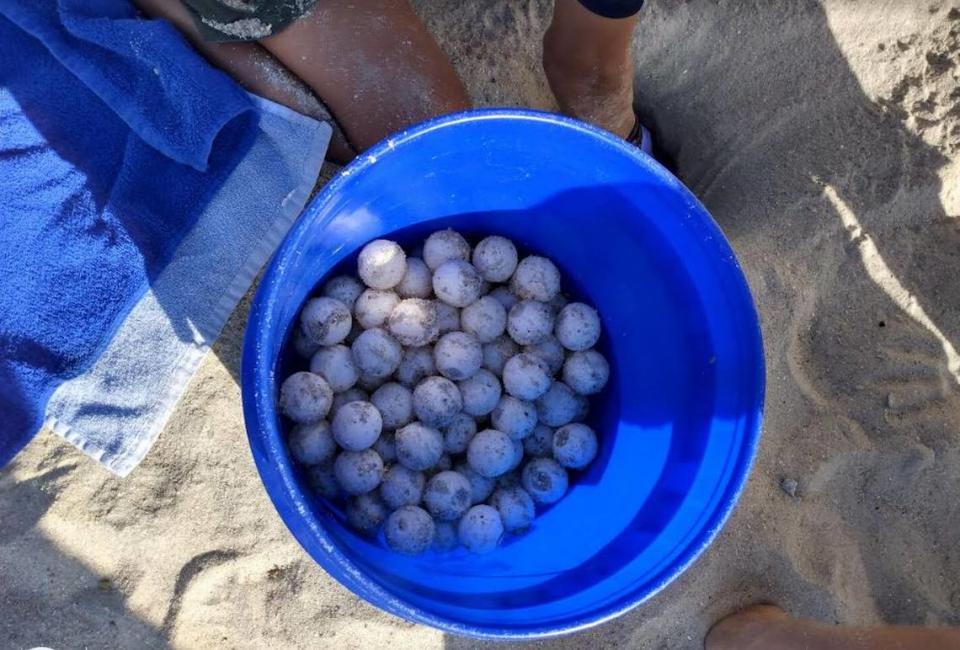
Abby Morris, who was familiar with sea turtle nesting season on Hunting Island, rang the state Department of Natural Resources who explained it didn’t have the staff to take over the efforts.
But she was determined. With the help of Amber Von Harten, a former sea turtle conservation program manager, they applied applied for a permit through SCDNR. Their first season on Pritchards started in 2011 and it came with learning curves. That year, they recorded 87 nests, with an emergence success hatch rate of about 4%.
As the seasons forged on and with increased helping hands, many from the nearby Fripp Island, they worked to perfect the process of findings and moving nests, and keeping the beach safe for the mamas and babies. They put up metal screens and were daily-patrolling the beach.
The Morrises’ flourishing abilities in sea turtle conservation called for their help on another beach: Little Capers Island. In 2020, they added it to their patrol.
Last year, Pritchards Island had 125 nests and a 60.7% emergence success. Still, it’s difficult to control for the raccoons and ghost crabs that are opportunists when it comes to sea turtle eggs.
Looking forward to the season
While hundreds of volunteers and those in charge will tirelessly work to give the mamas the best chance of nesting and the babies the best chance of survival, there isn’t perfection during sea turtle season.
There will be losses on all beaches, but for the majority, success rates are getting better each season. People visiting Beaufort County beaches need to do their part, too: observing at a distance, removing beach chairs and toys before leaving, knocking down sandcastles, filling in holes, picking up trash and only using red-light flashlights on the beach.
“We don’t know how it’s going to go, but we’re hoping for the best,” Nietert said.
